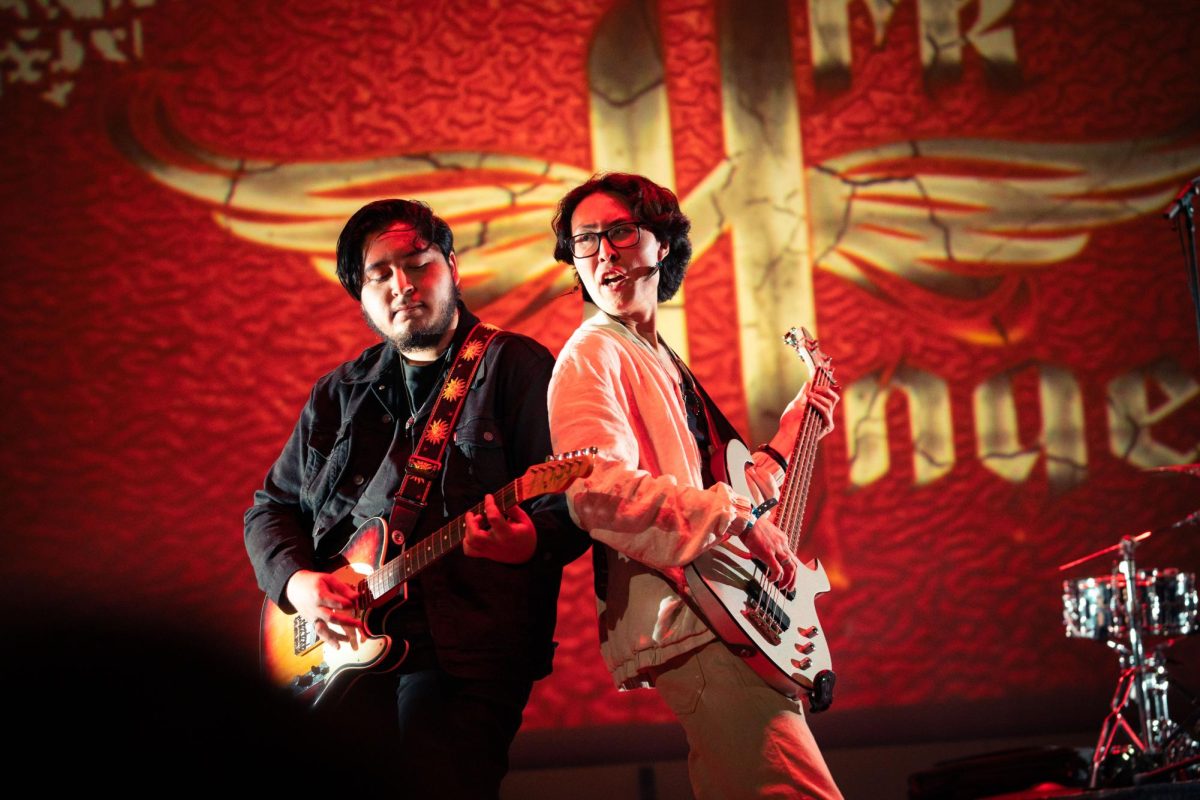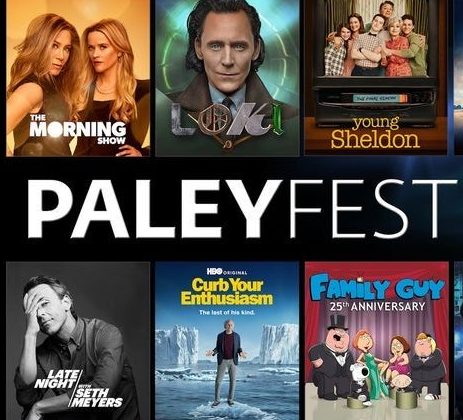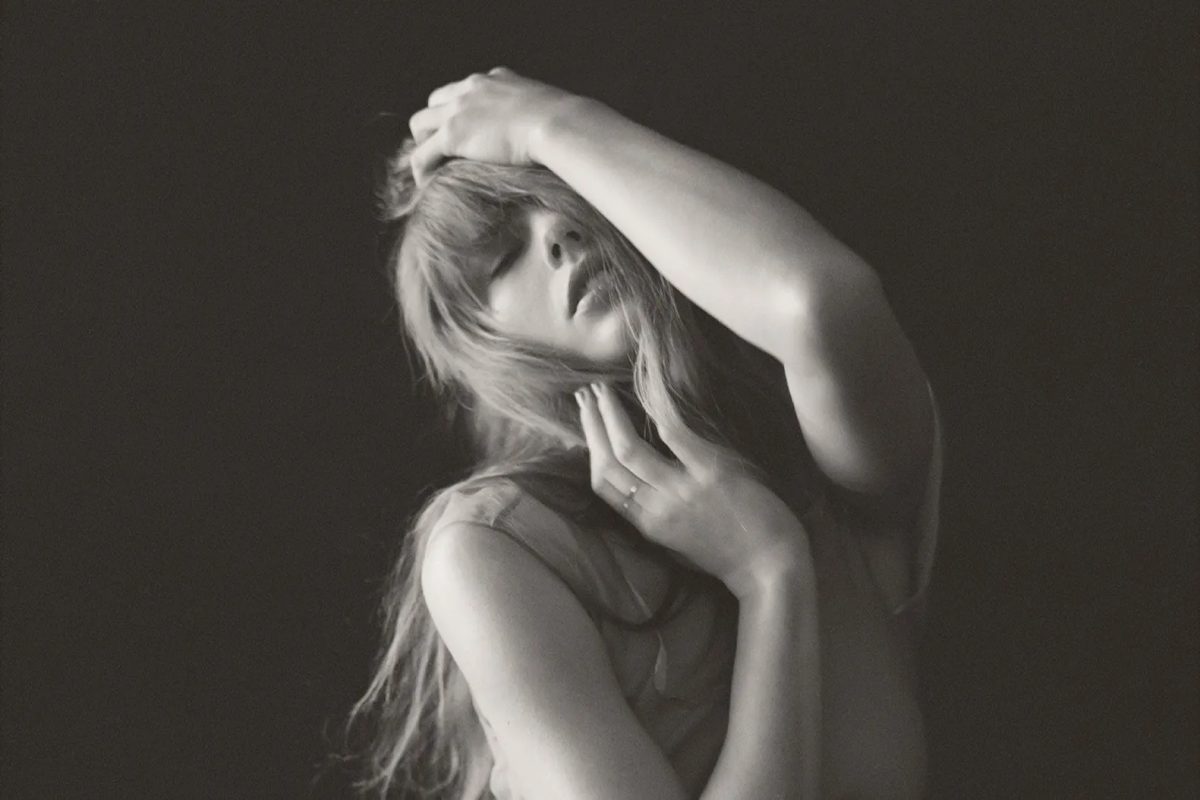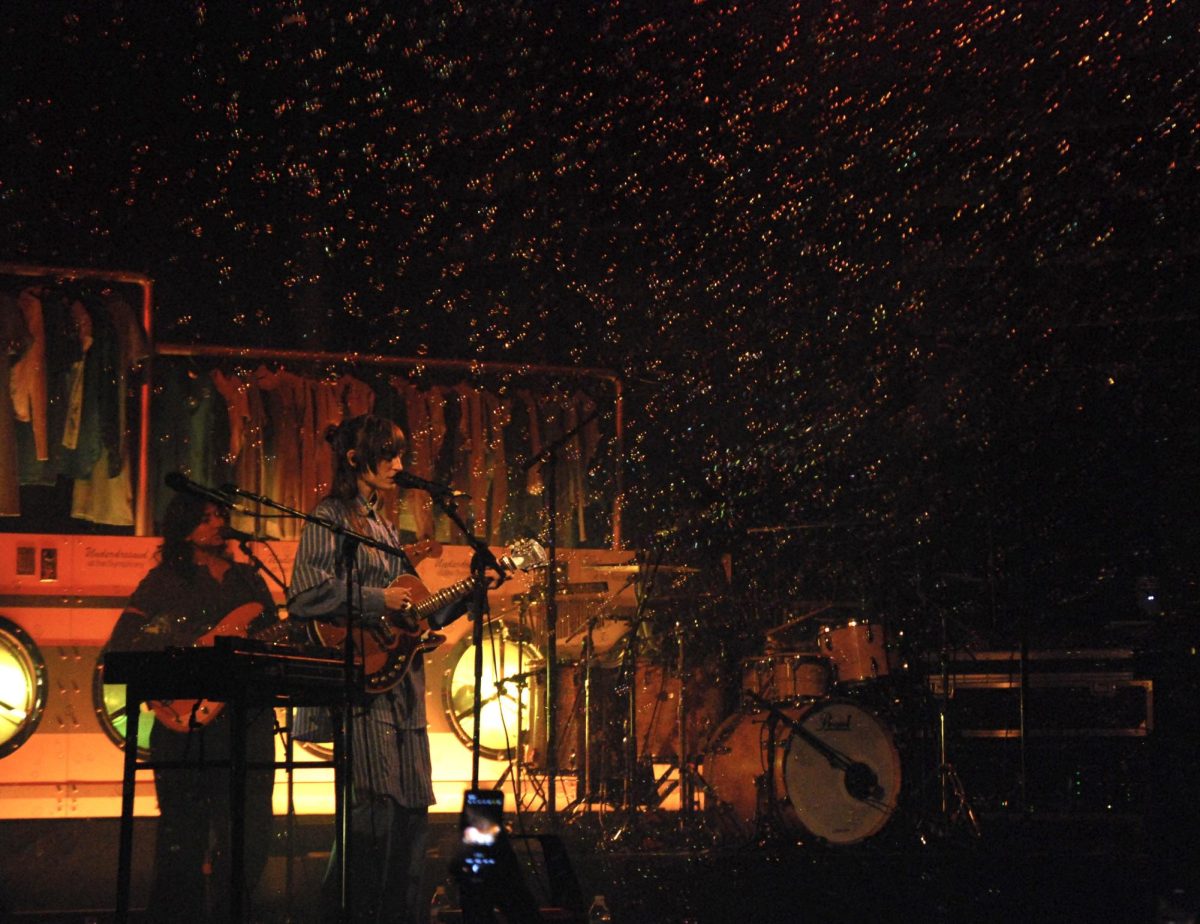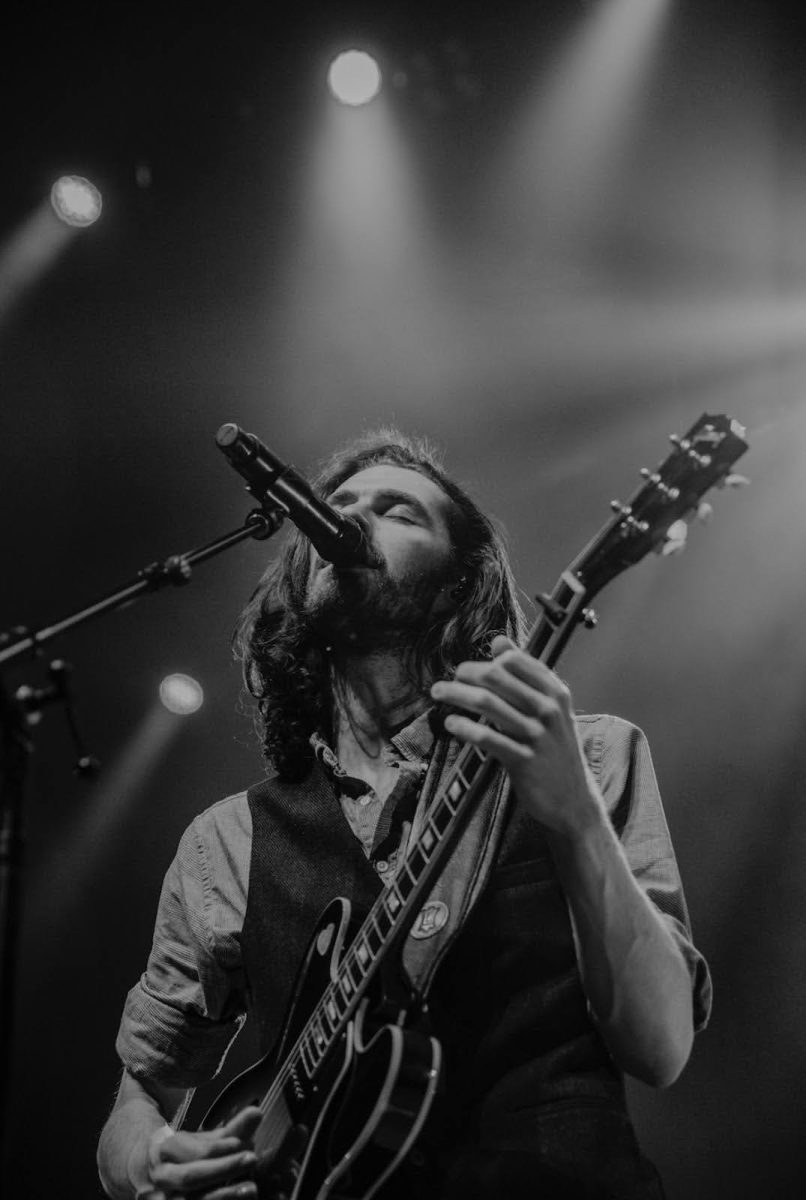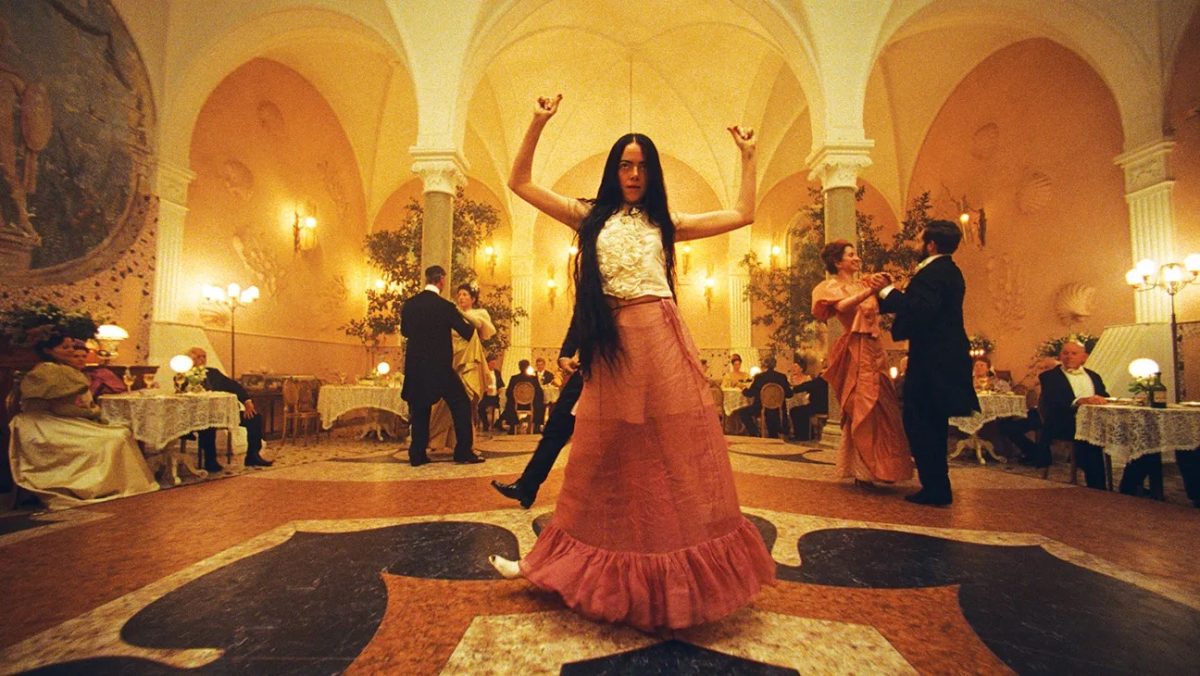There may be no place like home, but there is a place like hell for James Franco.
“When I worked on ‘Spider-Man’ with [Sam Raimi], I was a supporting character, and Sam identifies with his lead characters very closely,” Franco said. “Because my character was trying to kill Peter Parker, I think Sam blamed me for that. I got a little less love than Tobey McGuire on those films [laughs].”
However, Franco and Raimi’s newest collaboration provides a little more love for the assiduous actor. Picking up the titular role in “Oz the Great and Powerful” (opening March 8) amid the rest of his schedule shouldn’t come as much of a surprise, though. Aside from his various stints on daytime soaps, graduate studies on both coasts and directing fashion ads, Franco’s kept up an exhausting shoot schedule — by April of this year, he’ll already have four films touring the screens.
Of those four, though, only one will recreate the consummate land of Oz through the eyes of the infamous Wizard (before the illustrious white mustache and that giant green mask face). Director Sam Raimi and James Franco spoke to the Guardian about this reimagined world, the inspirations behind it and the enigma that is the Wonderful Wizard of Oz.
“I drew it all from the great author L. Frank Baum [and] his vision of Oz,” Raimi said. “I was inspired by the [original] illustrator, [W. W.] Denslow, so a lot of inspiration was taken from his drawings. But I was also inspired by the classic movie ‘[The] Wizard of Oz’ [and] a lot of the visuals of the movie.”
Finding this middle cinematic ground — staying true to the original while establishing his own footprint — is Sam Raimi’s trademark. Raimi’s claims to fame are concoctions of moth-eaten horror films customary to the garish ’80s and ’90s, eventually leading up to 2002’s “Spider-Man.” The subsequent trilogy (which followed the original Stan Lee source material) would seem to be a far cry from his thriller alma mater, but by incorporating design elements common in ’50s horror comics, Raimi instilled a little something different in the franchise. Moving into the domain of the Emerald City proved an entirely different challenge for Raimi, who cut the musical aspect of the film’s Garland counterpart in favor of 3-D terrains and a focus on the history of the witches and the Wizard himself.
“You want to find the right person for the role,” Raimi said. “With Mila Kunis’ character, she plays Theodora [who] is a good and innocent character, so I’m looking for someone who could portray that innocence and also make a turn for the wicked side. With Glinda the Good Witch, the most important thing is a source of pure goodness. And I needed an actress that had a good soul, so suddenly that ruled [out] about 90 percent of the actresses in Hollywood.”
Michelle Williams fit in that 10 percent, claiming the role of young Glinda alongside Rachel Weisz’s malevolent Evanora and Kunis’ Theodora. Raimi’s representation of “Oz” revolves around these three sisters and the consequential man who stirs up their unresolved grudges and scorned womanhoods, Oscar “Oz” Diggs. Oscar (Franco), a duplicitous magician and con man, lands in Oz after a Kansas tornado whips up his hot air balloon. Believed to be Oz’s saving grace, Oscar is quick to hustle his charm, unaware that the three women he’s swindling are more than just Kansas peasants.
“His character starts off as a flawed man,” Franco said. “[Oscar] is selfish, a bit of a womanizer, he thinks that happiness will come from financial success and fame. It blinds him to the love of the people around him. And I saw that the movie would not just be a physical journey through a mystical land, but it would also involve an inner journey of the character — that he would possibly [become] a better person.”
This element of corruption compared to the sing-songy skipping of the 1939 film drew Franco, who tends to stay away from one-dimensional caricatures, to the role.
“Their emissary into the world [of Oz] was not a male version of Dorothy, fortunately,” he said. “They weren’t just gonna redo it with an innocent young person walking through Oz- instead, my character was stumbling through Oz and because he’s pretending to be something he’s not, he gets into a lot of awkward situations. That comedic edge would help distinguish this version from other versions.”
Aside from combining the Wizard’s humorous and audacious characteristics, Franco established Oscar’s credibility as a magician, training with Las Vegas magician Lance Burton.
“I needed to be able to do those tricks and hold myself on stage like a magician in a convincing way,” Franco said. “[Lance] taught me how to make it look like I’m having people levitate and make it look like they’re evaporating in front of everyone’s eyes — it was great.”
Incorporating this creative integrity was integral to Raimi’s prequel. He envisioned his world, borrowed from Baum’s 14 novels, with minute attention to detail. From the opalescence of Glinda’s kingdom and her corresponding bubbles to the lesser-known creatures of Oz (i.e. the porcelain China Girl from China Town), Raimi didn’t skimp on the background. The film’s score, composed by “Spider-Man” collaborator Danny Elfman, was only an enhancement to the fantasy.
“He connected the dots,” Raimi said. “The Wizard in Kansas has a love story with a girl named Annie, played by Michelle Williams, and this is a love that’s right before the Wizard, if only he would recognize it. Danny Elfman creates a love theme that he’s decided to play with Annie and the Wizard and it’s an incomplete fragile broken thing. But later when the Wizard meets Glinda and their love story blossoms, you’ll hear that theme in all of its orchestrated fullness. He’s basically the emotion of the picture.”
Despite the fantastical aspects and special effects abound in this film, that emotion is what ties it all together. At its core, after the monkeys and munchkins and brick roads are thrown aside, “Oz the Great and Powerful” is just a fable filled with the same magic and belief that “The Wizard of Oz” bequeathed to us over 70 years ago.
“The best thing that stories do for us is reverberate with truth — they show us [that] there is a way to be happy without material goods, without the pride, without sense of self being all dominating,” Raimi said. “We learn from the Wizard that all of us are broken, lonely individuals. [But] we have within us the thing to make us complete, if only we recognize it.”


